Native Plants
Native plants are species that have evolved and thrived in specific regions for hundreds to thousands of years without human intervention. These plants play an essential role in supporting ecosystems by providing food, shelter, and habitat for wildlife. Unlike non-native plants, which may fail to support local wildlife or become invasive, native plants contribute to environmental balance and resilience. By planting and preserving native species, we can restore natural habitats, support biodiversity, and build resilient ecosystems. Eco Park exemplifies the transformative power of native plants in creating a sustainable and beautiful environment for both people and wildlife.
Why Choose Native Plants?
Native plants have adapted to the local climate, soil, and water conditions, making them hardy and low-maintenance. They require minimal watering, fertilizers, or pesticides. Having co-evolved with local animals, native plants enhance biodiversity by supporting pollinators, birds, and other wildlife. For example, Common Milkweed is the only plant that Monarch butterflies use for laying eggs and feeding caterpillars. Additionally, native plants help protect shorelines by stabilizing soil and preventing erosion. American Beachgrass, for instance, traps sand with its roots, reinforcing dunes against storms and waves.
Restoring areas with native plants ensures the survival of species that depend on them while improving ecosystem functions. Eco Park is an excellent example of this practice, featuring more than 16,000 native plants that will transform a once-degraded area into a thriving coastal habitat.
Native plants at Eco Park
Through the removal of 1.5 acres of invasive, non-native plants, Eco Park now showcases a rich variety of native species that provide ecological benefits and aesthetic value.
Here are some key plants featured at the park:
Trees

Eastern Serviceberry, Shadbush
Amelanchier canadensis
Produces berries that attract birds and pollinators.

Eastern Red Cedar
Juniperus virginiana
Provides food and shelter for wildlife and protects soil from erosion.
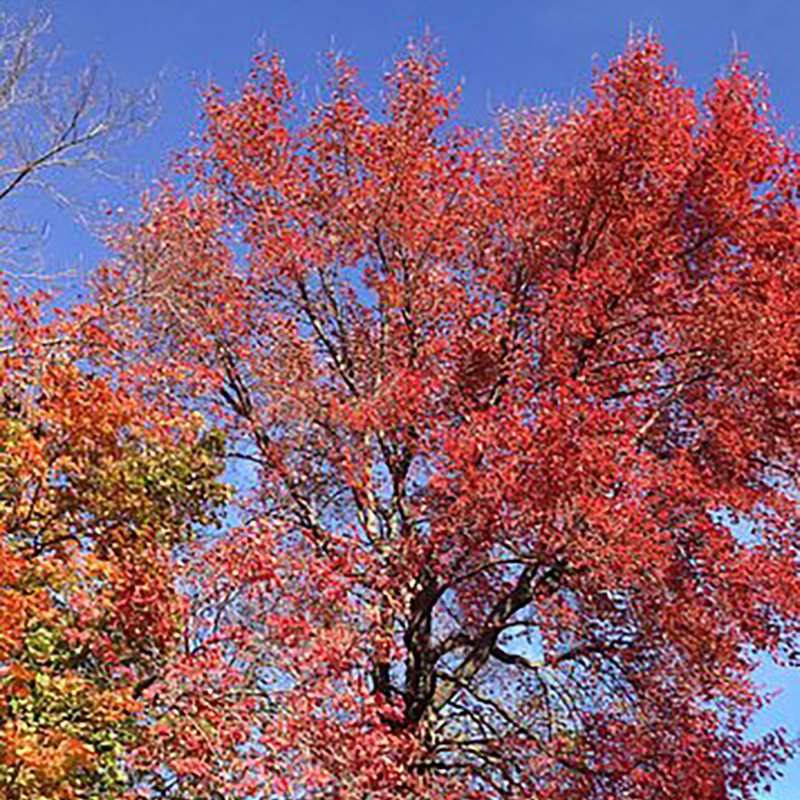
Black Tupelo
Nyssa sylvatica
Blue-black fruit is sought out by various songbirds, turkey, and deer; flowers are a vital early source of pollen for bees and other pollinators.
Shrubs
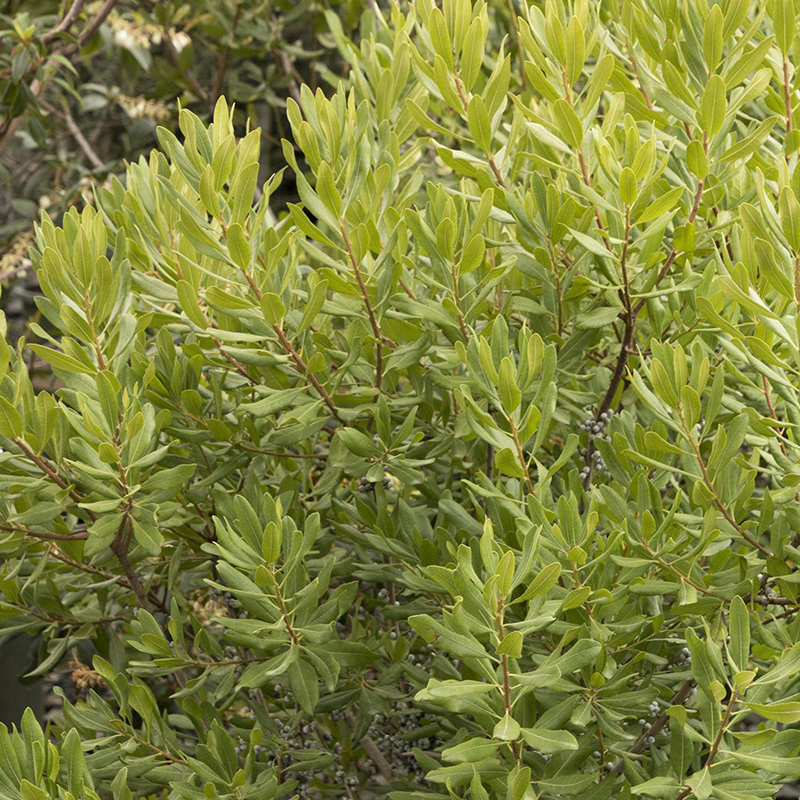
Northern Bayberry
Morella pensylvanica
Offers food and shelter for birds and pollinators.
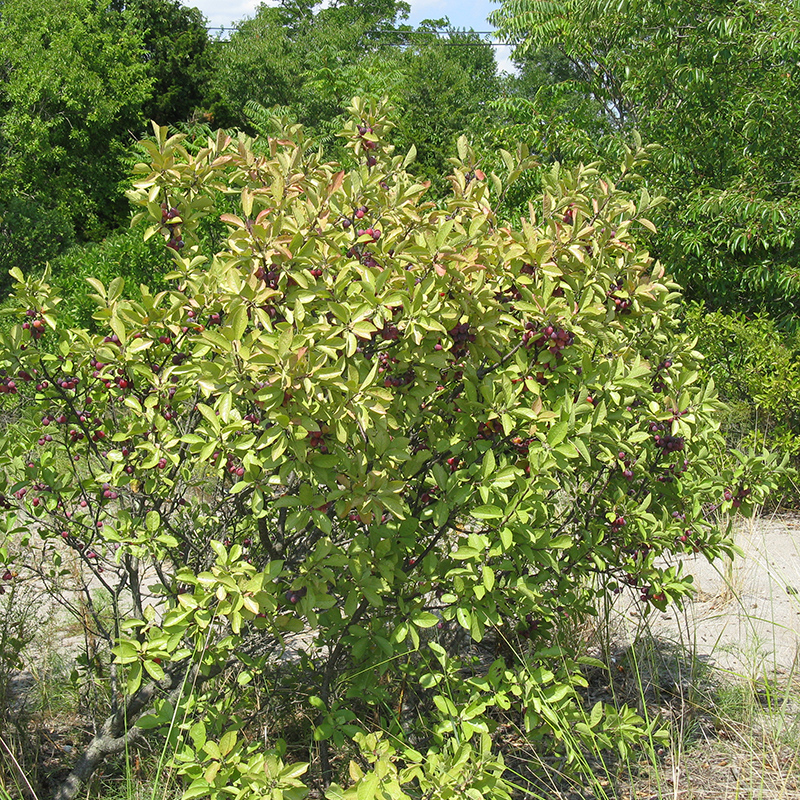
Beach Plum
Prunus maritima
Provides fruit for wildlife and stabilizes sandy soils.
Grasses
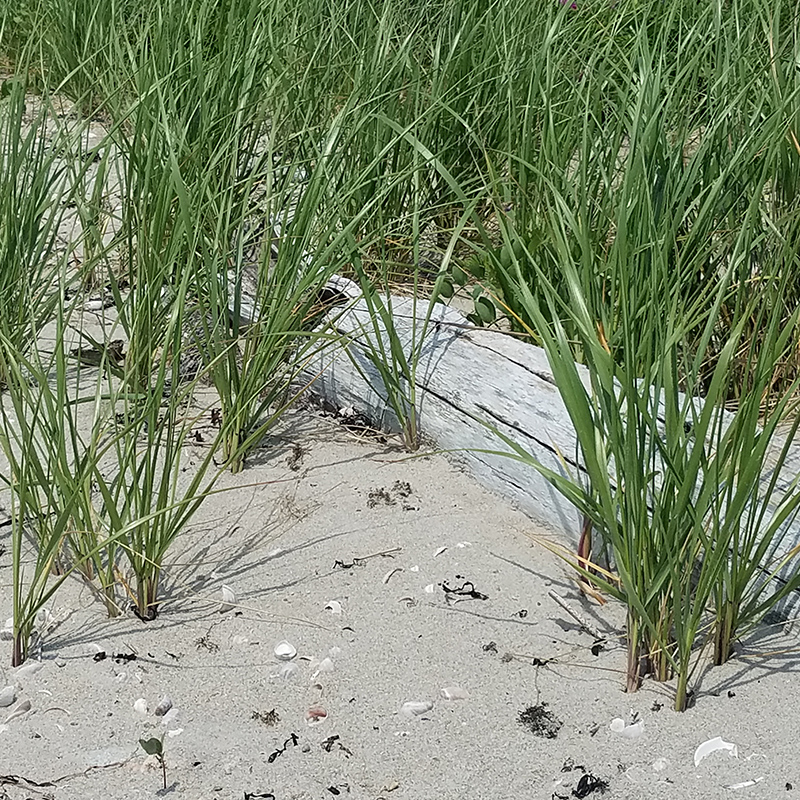
American Beach Grass
Ammophila breviligulata
Traps sand and stabilizes dunes.
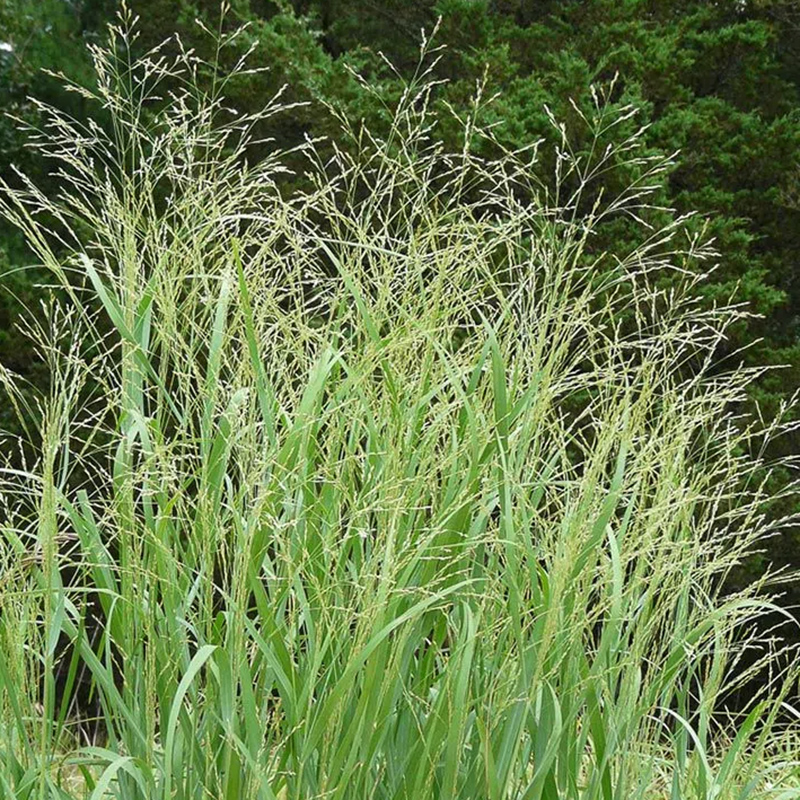
Switchgrass
Panicum virgatum
Prevents erosion and supports coastal ecosystems.

Little Bluestem
Schizachyrium scoparium
Adds visual appeal while supporting wildlife.
Herbaceous Plants

Common Milkweed
Asclepias syriaca
Essential for Monarch butterfly caterpillars.
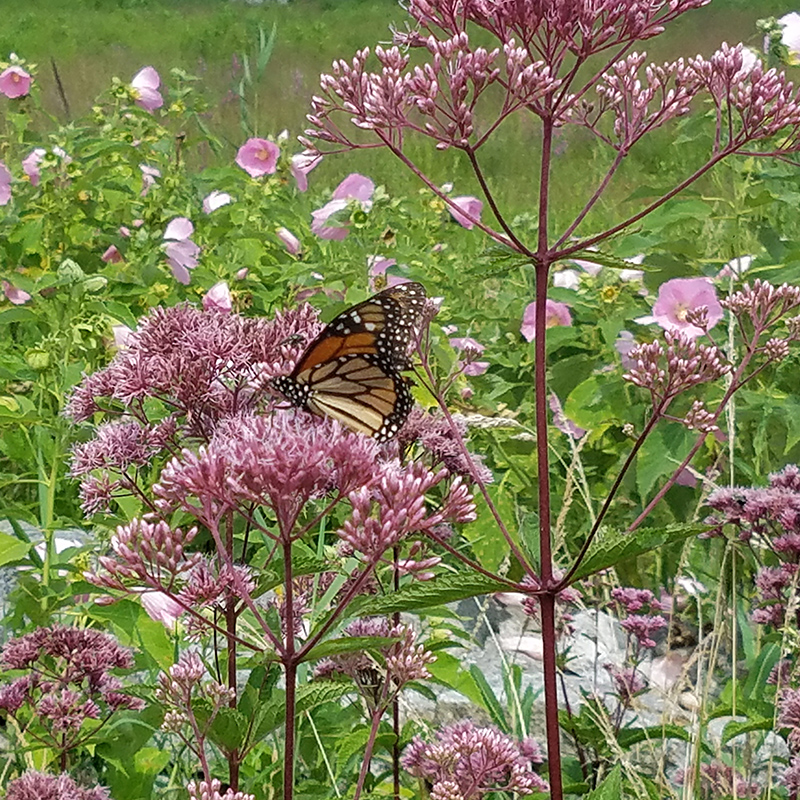
Joe-Pye Weed
Eupatorium purpureum
Attracts pollinators such as bees and butterflies.

Swamp Rose-Mallow
Hibiscus moscheutos
Offers vibrant blooms that support pollinators.
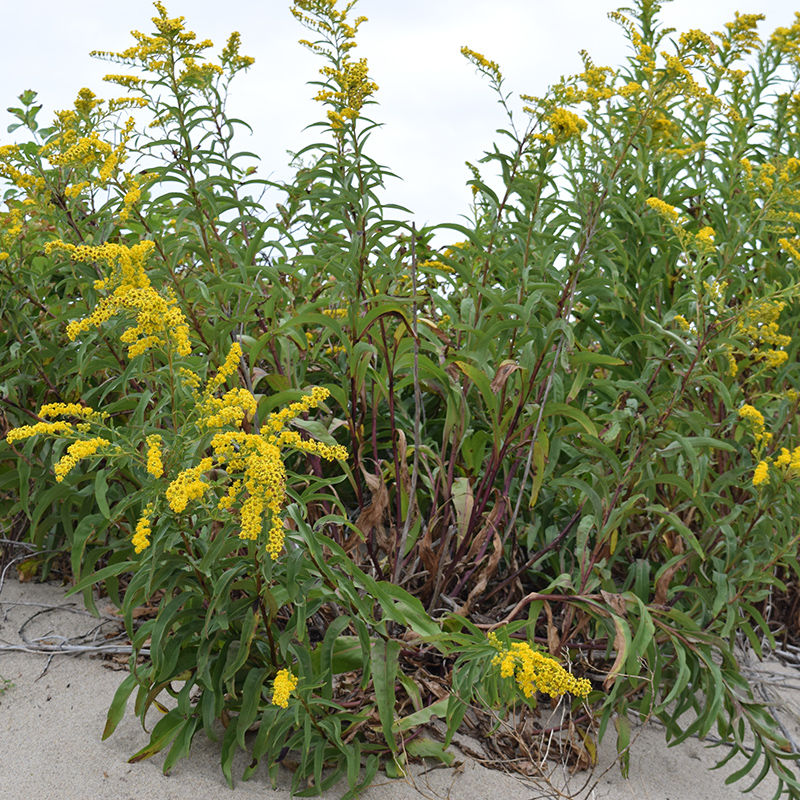
Seaside Goldenrod
Solidago sempervirens
Provides nectar for migrating monarchs.
Learn about all of the plants at Eco Park!
Resources for Learning and Planting
Plant Database | UConn – Explore the searchable database of native woody plants, including their attributes, uses, and identification.
CT Coastal Planting Guide | Connecticut Sea Grant – Find practical tips for coastal landscaping with this guide.
Gardening with Natives | Connecticut Botanical Society – Learn how to use native plants in landscaping.
Native Landscaping: CT DEEP’s Belding Wildlife Management Area – Learn how to attract wildlife to your yard with native species.
Connecticut Native Plant and Sustainable Landscaping Guide | UConn Extension – Use this guide to select plants for various gardens and landscapes.
Wild Ones – Promotes native landscapes through education, advocacy, and collaborative action.
Guide showcases geology, ecology, wildlife of CT shoreline | Connecticut Sea Grant – This guide offers an in-depth exploration of Connecticut’s shoreline and includes common species descriptions and an index of species.
Gardening for Wildlife with Native Plants – a for-profit company that’s making native plants accessible to more people, furthering the conservation mission of the National Wildlife Federation.

